|
PCBs
- POLYCHLORINATED
BIPHENYLS
ABOUT -
CONTACTS - FOUNDATION -
HOME - A-Z INDEX
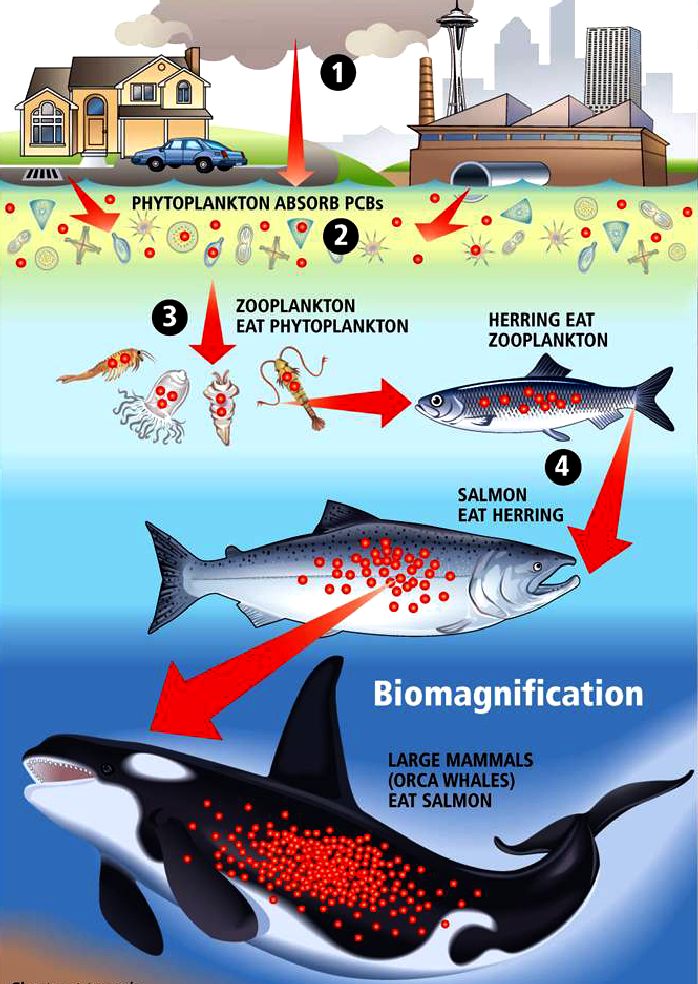
FOOD
CHAIN - Scientists estimate that about 8 million tons of plastic debris such as food packaging and plastic bottles are being washed into the oceans each year – and the cumulative quantity of waste will result in a tenfold increase in the total amount of plastic in the sea by 2020.
These plastics when broken down will be eaten by fish and find
their way up the food chain onto your plate where they could
put you at risk as to cancer. The next time you sit down to a
meal of Salmon, think about helping us to tackle the problem.
PCBs are a group of 209 manmade compounds that generally occur as complex mixtures. While historically the largest use of PCBs was in electrical equipment, there are many other sources of PCBs. PCBs are very persistent, lasting for decades in the environment. Like other persistent, bioaccumulative, and toxic chemicals, PCBs move easily between air, water and land, so they are found just about everywhere. PCBs also accumulate in people and animals, becoming more concentrated in organisms at the top of the food chain like
orcas.
One of the major ways people are exposed to PCBs is through our diet, such as eating fish that contain PCBs. PCBs have been shown to have toxic effects to the immune, reproductive, nervous, and endocrine system in humans and other organisms. PCBs also cause cancer in animals, and are considered likely to cause
cancer in humans.
In rivers and lakes, PCBs attach to sediments where they can remain buried for a long time before being eventually released into
water and
air. PCBs in the air can reach the ground with falling rain and snow, or simply when suspended particles settle with gravity.
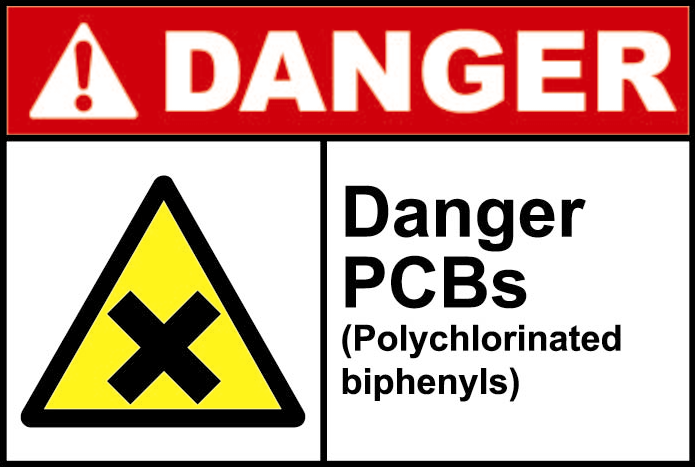
PCBs can build up in animals over time and along the food chain. PCBs are found in the fatty tissues of animals living in water or on land, particularly those at the top of the food chain. Thus humans can also accumulate PCBs from the food they eat. Some animal species, including
insects and other invertebrates,
birds, fish, and mammals, can break down or transform certain PCBs within their bodies.
In seawater, in industrial areas, PCB levels were observed to be at least 100 times higher than further off-shore, based on samples of water taken from the upper few millimeters of the surface. Particularly high concentrations were reported in the North Sea (0.3–3 ng/litre) and in Galveston Bay, a highly industrialized area in Texas, USA (3.1 ng/litre between 1978 and 1979).
In river sediments, PCBs levels have been measured at different depths. Sediment samples showed the highest PCB concentrations in sediment layers buried during the time of maximum PCB manufacture. PCB concentrations are much lower in sediment layers that have formed following the ban on production and use of PCBs.
In fish, reported PCB levels have dropped significantly. For example, PCB concentrations in trout from Lake Ontario decreased by 80% between 1976 and 1994. For several
fish species from the Great Lakes, the PCB concentrations in samples collected in the 1990s were generally below 1 µg/kg wet weight.
Consumption of contaminated foods, particularly meat, fish, and poultry, appears to remain the main source of exposure to PCBs although levels in food have decreased since the late 70s.
In the USA, the dietary intake of PCBs by adults continually decreased after the late 70s and reached a low in the late eighties (see table 7). Between 1991 and 1997 a somewhat higher dietary exposure of about 3–5 ng/kg body weight per day for adults and 2–12 ng/kg body weight per day for children was observed. The consumption of PCB-contaminated fish has been shown to increase PCB levels in the body. Levels of PCBs in
human blood serum have been linked to the amount of contaminated fish eaten, with average levels in the USA generally between 4000 and 8000 ng/litre of blood serum.
In Japan, a study carried out in the late 90s estimated the intake of three dioxin-like (coplanar) PCBs from 120 food items. Highest concentrations were found in fish and shellfish (8.39–25.7 ng/kg wet weight basis). The overall PCB intake from all foods was estimated to be 0.00145 ng/kg body weight per day for an adult weighing 50 kg, which represented a relatively high level of PCB contamination in Japan.
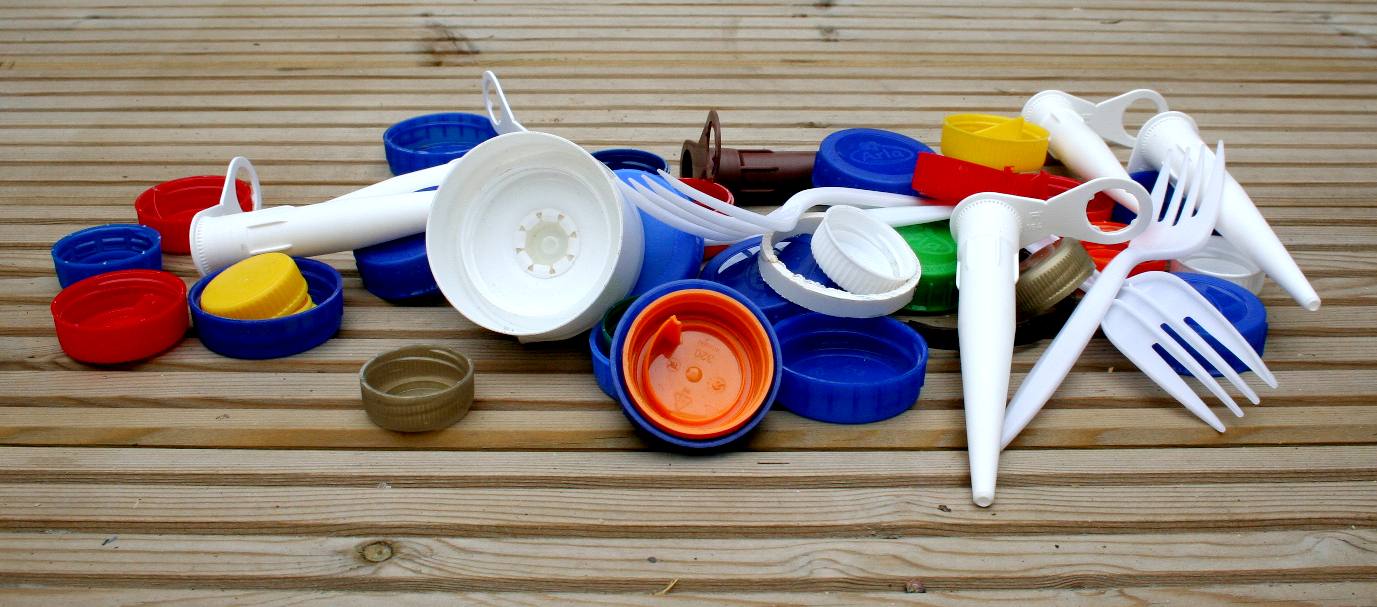
PCB
CARRIER - If you have a
family to feed your weekly shop is likely to exceed this
quantity of plastic bottle caps. About half this quantity is
regularly found in the stomachs of dead seabirds. We live in a
plastic society and a plastic age - where we could not do
without the advantages that plastic offers - that is a good
thing for mankind. What is not so good is exploiting our
skills in a way that harms other life on this amazing planet,
and will eventually come back to haunt us as reduced food
capacity and maybe even diseases. Copyright photograph ©
22-7-17 Cleaner Ocean Foundation Ltd, all rights reserved.
Fifty studies conducted since 1976, mainly on people exposed to PCBs at work, indicated increases in mortality from cancers of the gastrointestinal tract, the liver, the organs and tissues involved in the production of blood, including bone marrow, the spleen, tonsils, and lymph nodes, and from malignant melanoma.
Various studies examined effects on fertility due to PCB exposure through
fish consumption and at the work place. In a study of New York women, a decrease in the ability to conceive was observed amongst those who regularly ate locally-caught fish that were contaminated with PCBs. In men, a study of 55 transformer repair workers found no association between exposure to PCBs and sperm counts. However, in another study, for men with a low sperm count the ability of sperm to move decreased as the concentration of three coplanar PCBs in their blood serum increased. Another study reported higher levels of certain PCBs in infertile men compared with the control population.
Since the 1980s numerous studies have investigated the effects of PCB exposure both during and after pregnancy on child growth and development. Researchers can estimate the degree of PCB exposure in the womb by measuring the level of PCBs in the umbilical cord blood serum. By analyzing breast milk samples, the extent of PCB transmission from mother to child can be deduced.
Effects of exposure to PCBs on the developing fetus have been investigated in women who consumed PCB-contaminated fish from Lake Michigan over a 6-year period. Overall fish consumption and levels of PCBs in cord blood serum were associated with lower birth weight, smaller head circumference, and shorter pregnancies.
Fish consumption during pregnancy was related to lesser neuromuscular maturity of the newborn. PCB-contaminated fish consumption has also been linked to impaired involuntary muscle actions and abnormally weak reflexes.
High levels of PCBs in umbilical cord blood serum have repeatedly been linked with poor performance in standard tests carried out to assess the mental and motor abilities of the newborn. Follow-up studies on children aged 4 and 11 indicated that PCB exposure in the womb was linked to impaired memory and attention, specifically short term memory and performance in IQ tests. Contrastingly, other follow up studies have shown that psychomotor deficits do not persist beyond childhood. Although one study indicated exposure to PCBs through breast-milk did not affect memory performance, another study showed lower mental development in 7-month old infants fed with breast milk containing high levels of three common non-planar PCBs.
IN
SUMMARY
We are not experts in human biology and do not have the years
of experience of the 1,000s of scientists who have worked on
the subject to give us this information upon which to act,
where is appears to us to be reasonable to assume that by
removing PCBs from our environment - and in particular - from
our food chain, we will in some measure be turning back the
clock to a time when our oceans were less polluted.
We
would like to develop the SeaVax
concept, eventually with proper funding, to be able to launch
such vessels in appropriate numbers to stage a clean
up programme. This will be our contribution to the United
Nations and European Union blue growth agendas.
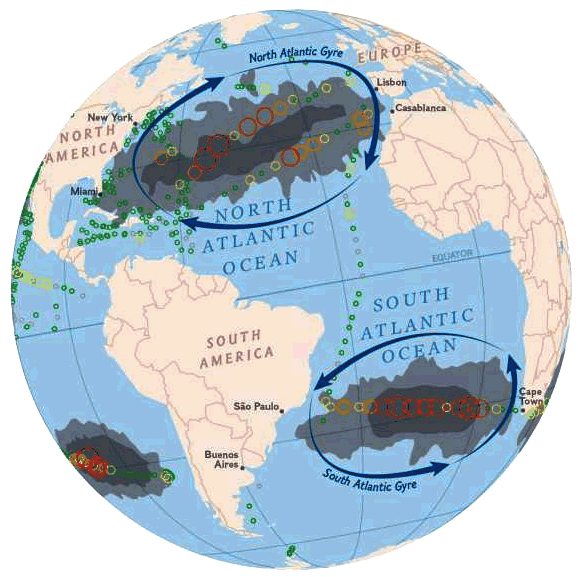
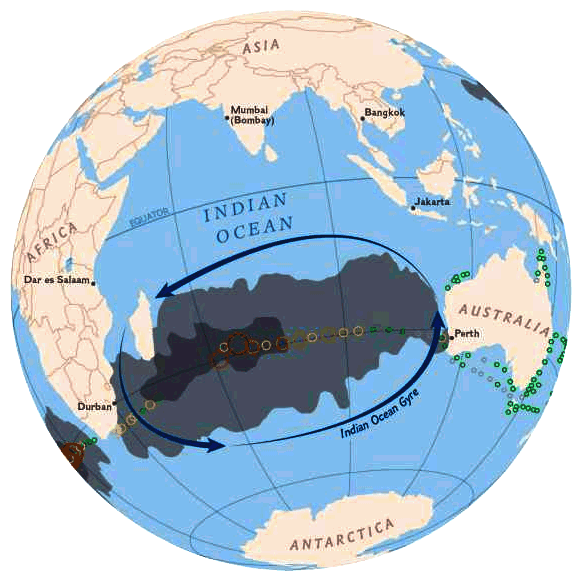
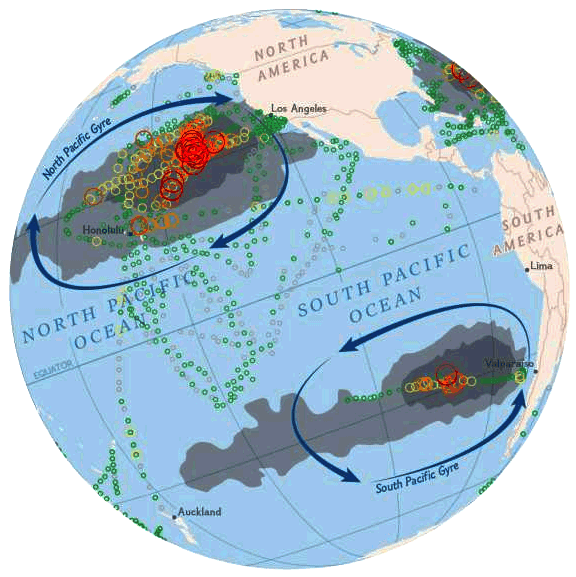

GLOBAL
WASTE PROBLEM - The
above views of planet earth as global views show us the Atlantic, Indian and
Pacific ocean gyres and estimates of plastic waste in
(thousands) numbers of pieces of plastic waste per square kilometer
of sea. If plastic is acting like an ocean sponge, by removing
the sponges, we remove the toxins they have concentrated.
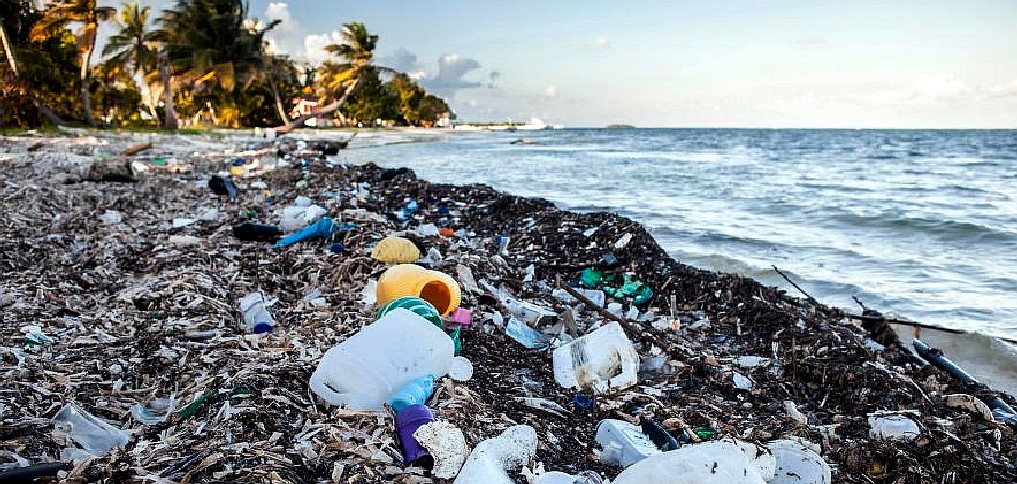
EVIDENCE - You
can see the scale of the problem just by walking on your local
beach.

LINKS
& REFERENCE
https://www.greenfacts.org/en/pcbs/
http://www.ecy.wa.gov/programs/hwtr/rtt/pbt/pcb.html
http://news.nationalgeographic.com/news/2015/01/150109-oceans-plastic-sea-trash-science-marine-debris/
http://www.independent.co.uk/environment/plastic-waste-in-ocean-to-increase-tenfold-by-2020-10042613.html
https://en.wikipedia.org/wiki/Marine_debris
http://britishseafishing.co.uk/microplastics-and-ocean-pollution/
http://wef.ch/plasticseconomy
ABS
- BIOMAGNIFICATION
- BP DEEPWATER - CANCER
- CARRIER BAGS
- CLOTHING - COTTON BUDS - DDT - FISHING
NETS
FUKUSHIMA - HEAVY
METALS - MARINE LITTER
- MICROBEADS
- MICRO
PLASTICS - NYLON - OCEAN GYRES
- OCEAN WASTE
PACKAGING - PCBS
-
PET - PLASTIC
- PLASTICS
- POLYCARBONATE
- POLYSTYRENE
- POLYPROPYLENE - POLYTHENE - POPS
PVC - SHOES
- SINGLE USE
- SOUP - STRAWS - WATER
This
website is provided on a free basis as a public information
service. copyright © Cleaner
Oceans Foundation Ltd (COFL) (Company No: 4674774)
2018. Solar
Studios, BN271RF, United Kingdom.
COFL
is a charity without share capital.
|







